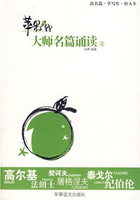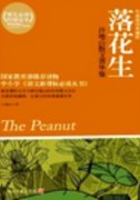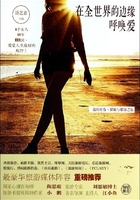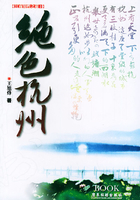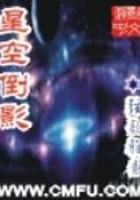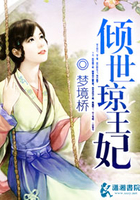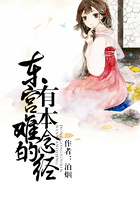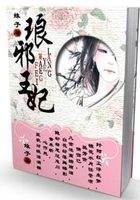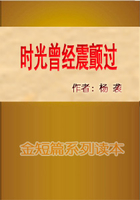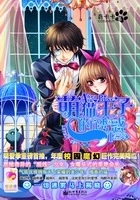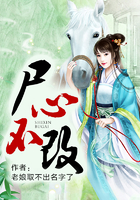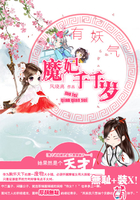Hotpot originated in Chongqing and it is noted for its peppery and hot taste. Being a very popular way of restaurant eating, it can be found at every corner of Chongqing and Chengdu, where numerous sidewalk hotpot operations, as well as exquisite hotpot restaurants, have been set up to meet the increasing local demand. Customers gather around a small boiling wok filled with nutritious soup base. Around the wok are placed numerous plates of paper-thin slices of raw meat and other ingredients. Customers select the raw ingredients and boil them in the soup. They then take them out of the wok and dip them in a small special-sauce-filled bowl sauce before eating them.
Restaurants offer various kinds of hotpot to suit customers’ tastes so that friends or families with different tastes can huddle around and enjoy the feast. One of the most popular variety is yuanyang hotpot (鸳鸯火锅), in which the wok is partitioned into two parts, with a thin wall. One part is filled with a hot, spicy soup base, and the other with a mild spicy broth. This kind of hotpot suits many customers both at home and abroad.
Notes:1)wok铁锅(带把的中国炒菜锅);2)huddle聚在一起
11.什么是传统形式的饭和菜?
What are traditional forms of the fan and cai?
In China, the food stuffs are commonly classified as along tracks of fan (饭), staple foods and cai (菜), prepared dishes. The former refers to grains and other staple starch grains; the latter to supplementary vegetable or meat dishes. Fan is the more fundamental. Chinese have the habit of eating more of this food and less of non-staple dishes. Grains make up most of one’s caloric intake, and an adult may consume two or three bowls of rice or a large bowl of noodles. At the daily dining table, everyone has his or her own bowl of fan; but when there are a lot of cai dishes, some may prefer not to have any fan.
In the preparation of cai, the rule is to use multiple ingredients and several flavors. These dishes are usually placed at the center of the table to be shared by all. This is conducive to family togetherness and friendship. In restaurants,“public”chopsticks or spoons are used to take food from the dishes to prevent the spread of disease.
Notes:1)fundamental根本的;2)intake吸收;3)caloric热量的
12.传统的中国主食有哪些特征?
What are the features of traditional Chinese staple food?
China has abundant resources and extensive land where different areas produce different staple food. Generally speaking, the staple food in the North includes wheat, rice, corn, soybeans, millet, beans and peas. And people in the South traditionally take dry cooked rice or rice porridge as their staple food due to the fact that rice mainly grows in the South. One type of rice called glutinous rice (糯稻) is usually used to make traditional Chinese rice-pudding (粽子), eight treasures congee (八宝粥) and various types of desserts.
In ancient times wheat flour and rice were mainly supplied to the upper classes of society, and coarse cereals or side crops to ordinary families. Gradually wheat flour and rice were considered as“refined grains (细粮),”and maize, sorghum and millet as“coarse grains (粗粮).”At that time only on the festival days did ordinary families have rice food or meat dumplings made by wheat flour. The“coarse grains”were their daily staple food.
After 1949, China carried the planned economy. In 1955 the food coupons and ration booklets appeared in cities. A grain ration book was issued each month by local government grain stores. For example, in Beijing local citizens got 50% of their grain ration in wheat flour, 20% in rice, and 30% in coupons good for buying bowls of rice or noodles in restaurants. In rural areas, for example in northwestern China, peasants usually had more wheat-flour-made food after a summer wheat harvest; in the second half of a year the other types of autumn grains like maize and soybeans are more consumed in place of wheat.
Such a situation lasted until earlier 1990s after China started carrying out the policies of the domestic reform and market economy, which led to the abundant supply of“refined grains”and“coarse grains”in food markets, supermarkets, and department stores across the country. At present, people either in cities or rural areas have a diverse choice of staple food according to their daily menu.
Notes:1)staple主要部分;2)soybean大豆;3)porridge粥;
4)glutinous黏的;5)congee粥;6)booklet小册子;7)maize玉米
13.什么是粗茶淡饭?
What is the meaning of cucha danfan?
Cucha danfan means“weak tea and a simple food”, or“a simple diet”. Traditionally it refers to a lifestyle of living thriftily in daily life.
In ancient times, ordinary families usually arranged their daily meals simply to get stomachs full. This brought out a general custom of trying not to eat dry cooked grains if they had porridge-like food made by boiling the grain in water. In winter slack-season and spring-famine period three meals might be reduced to two per day. In addition, they tended to have few fried dishes. On many occasions fried dishes were substituted by paste-like thick sauce, fermented soybeans, or pickled vegetables. Ordinary families usually made a living this way. Even in normal harvest years, they admonished themselves against any indulgence in extravagant eating. There is a belief,“water flowing out in a trickle takes a long time to exhaust (细水长流).”“Being diligent and thrifty (勤俭节约)”is another motto that remains an enduring popularity.
However, the situation would be different when a harvest, festival, or wedding occurred. On that occasion, a rich dinner or meal were provided. For example, in a rush-in-harvest or rush-planting season, peasants usually had four meals a day. In some rural areas there would be five meals offered because of hard labor by peasants working in the fields. By then, their meals usually contained abundant meat and fish.
Notes:1)economical节约的;2)slack-season淡季;3)substitute替换;4)admonish训诫;5)indulgence沉溺;6)extravagant奢侈的;
7)enduring持久的
14.你对豆腐了解多少?
How much do you know about beancurd in China?


